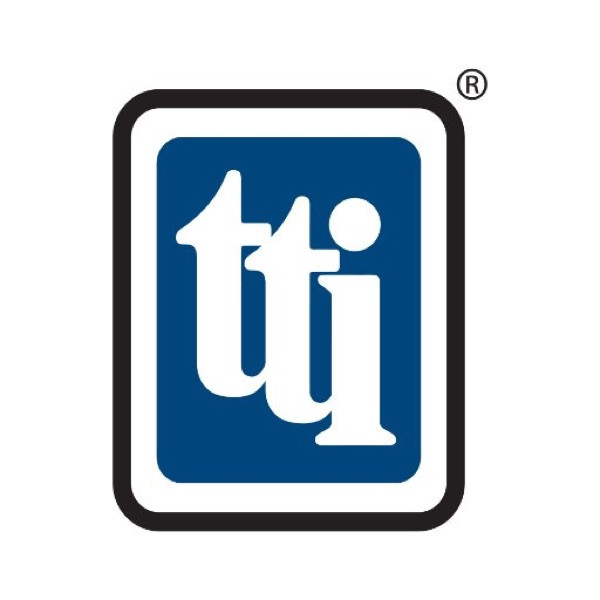Aerospace proximity sensors reduce downtime and costs in harsh-environment applications
24-02-2017 | TTI Europe | Test & Measurement
Honeywell’s new patented IHM (Integrated Health Monitoring) Series aerospace proximity sensors for harsh duty aircraft applications are now available through TTI Europe. The series are non-contact devices designed to sense the presence or absence of a target, providing on/off output, plus they can also be configured with an optional health monitoring output to the host system. Highly accurate and reliable, the sensors lower maintenance costs and reduce downtime. The company has over 30 years’ experience designing proximity sensors for military and commercial aircraft, and designed the series with its patented FAVCO (Fixed Amplitude Variable Current Oscillator) technology circuit. The sensor is considered an improvement on traditional ECKO (Eddy Current Killed Oscillator) topology, which was the previous standard for aerospace applications. Examples of suitable aircraft applications include: status of doors (open/closed/locked); cargo loading latch detection (pallet locked); evacuation slide door-lock mechanism (correct actuation); flight controls (flap and slat skew/position and spoiler position); landing gear (uplock, downlock and Weight on Wheels) and Thrust Reverser Actuation System (TRAS) (stowed or deployed status). The sensors feature industry-leading levels of indirect lightning and dielectric ruggedness to meet the increased requirements of today’s composite aircraft, as well as superior vibration resistance. They have a hermetically-sealed, all-welded stainless steel construction for exceptional robustness and durability in harsh environments, eliminating any potential for contamination. Due to their non-contact design technology, they detect presence or absence of a target regardless of the often very dirty conditions in which they operate, thereby eliminating mechanical failure mechanisms, increasing revenue and reducing maintenance costs by increasing MTBFs and so minimising downtime. A further feature of the sensors is the optional third output state to indicate the health of the sensor (whether operating optimally or failed), which again reduces maintenance time and delayed flights, helping to lower overall maintenance costs across the lifetime of the aircraft.

By Electropages

Honeywell 78454952729

